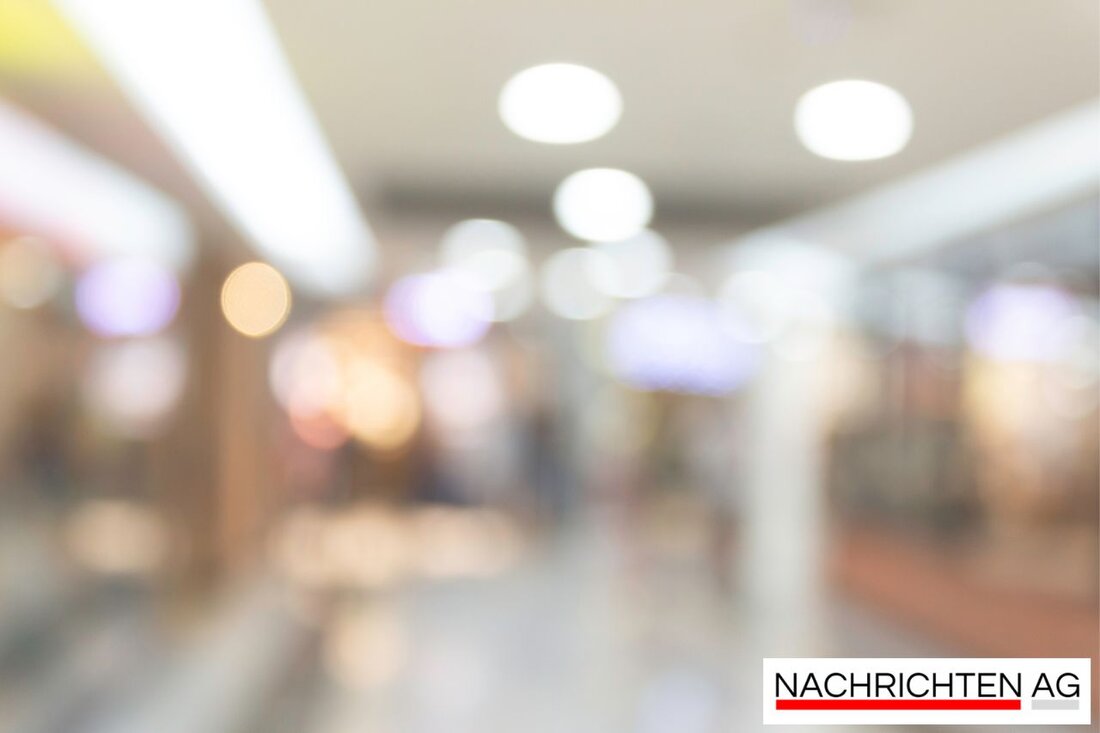Station area: Chance for new life despite the dilapidated goods hall!
Sonneberg plans to reuse the empty goods hall at the station area for urban development by September 2023.

Station area: Chance for new life despite the dilapidated goods hall!
The former goods hall on the train station area in Cologne is facing a new challenge. Currently the hall is vacant and is presented in a battered condition that raises some questions about its future fate. As reported, an expression of interest process for the new use of the hall expired at the end of June. The decision on who will receive the contract should be made by September 2023. The Hyson Hydrogen Institute and committed railway enthusiasts are already active on site, which gives hope for a dynamic revitalization of the area. There are considerations about urban development and increasing the value of the hall that could contribute to the attractiveness of the location and should be incorporated into urban planning as part of sensible subsequent use, as is already being done in other cities, such as Nordhorn.
In addition, the “Downtown on the Water” project in Nordhorn shows that the reuse of existing buildings and areas is receiving increased attention. This project aims to transform the former central bus station (ZOB) into an attractive inner city area. The aim is to create a new harbor basin and a versatile building ensemble that serves both as a tourist hotspot and as a place for summer stays and relaxation. The public construction measures are planned until the end of 2027, which offers a similar time horizon to that in Cologne.
Sustainable urban development and empty buildings
A look at the trends in sustainable urban development shows that efficient use of space is of central importance. Together with the idea of reducing space consumption and conserving resources, the reuse of empty buildings is becoming increasingly relevant. These conversions can result in living spaces, social facilities or cultural centers, which not only avoids the demolition of existing buildings, but can also create aesthetic value and a connection to local history. This approach corresponds to the considerations in Cologne and other cities, such as those implemented in Mannheim or Oldenburg.
These cities are also pursuing innovative solutions. In Mannheim, an area that was previously used by American troops is being converted in order to improve the city's climate through green goals. In Oldenburg, on the other hand, work is being done on the development of former air force locations, with a particular focus on history and aesthetics.
The developments in Cologne, Nordhorn, Mannheim and Oldenburg show that the need for creative and well-thought-out solutions for vacant buildings and areas is very popular. Now we have to wait and see who will win the race for the new use of the freight hall in Cologne. The coming months will show whether a sustainable and culturally enriching solution can be presented here.

 Suche
Suche